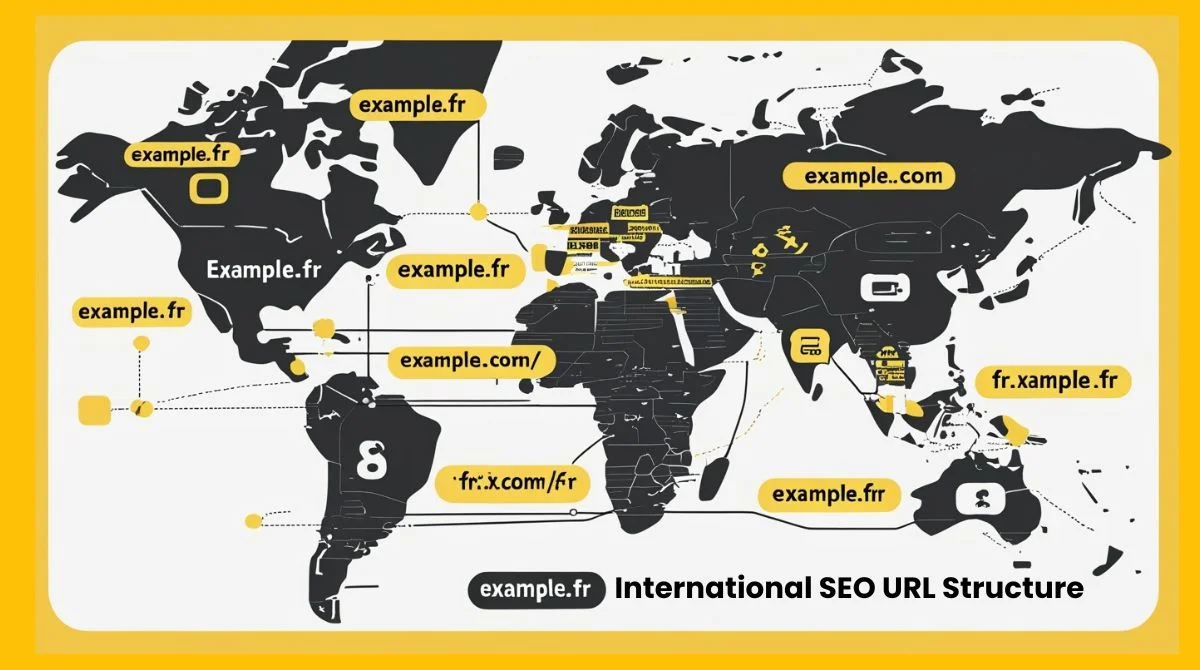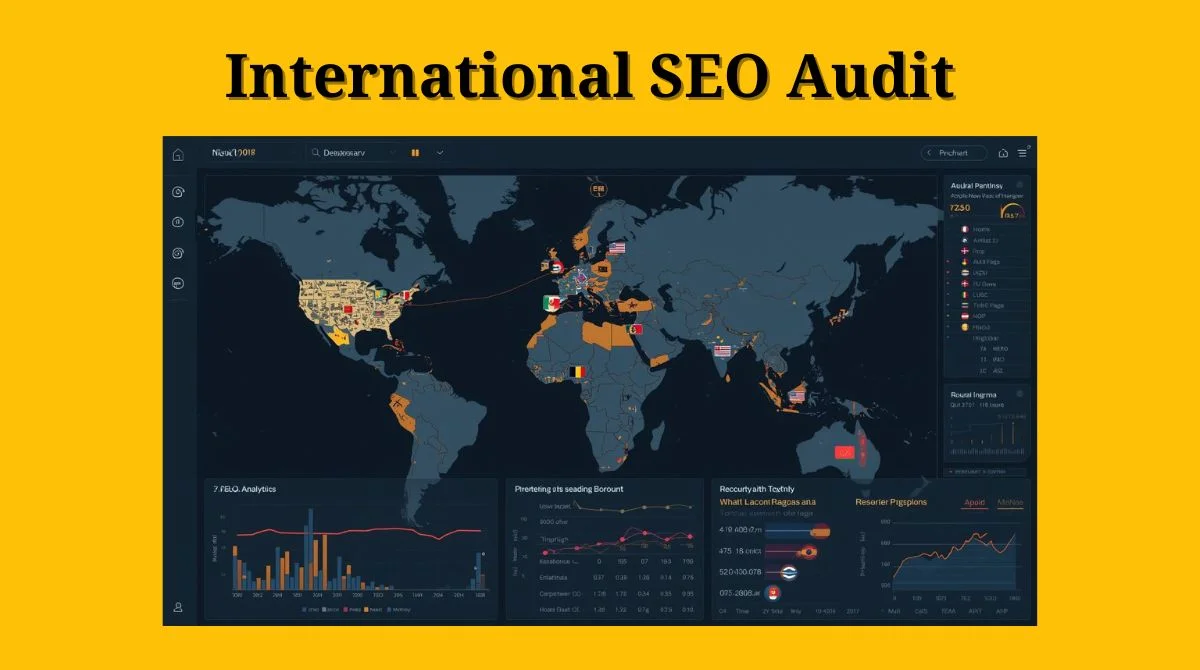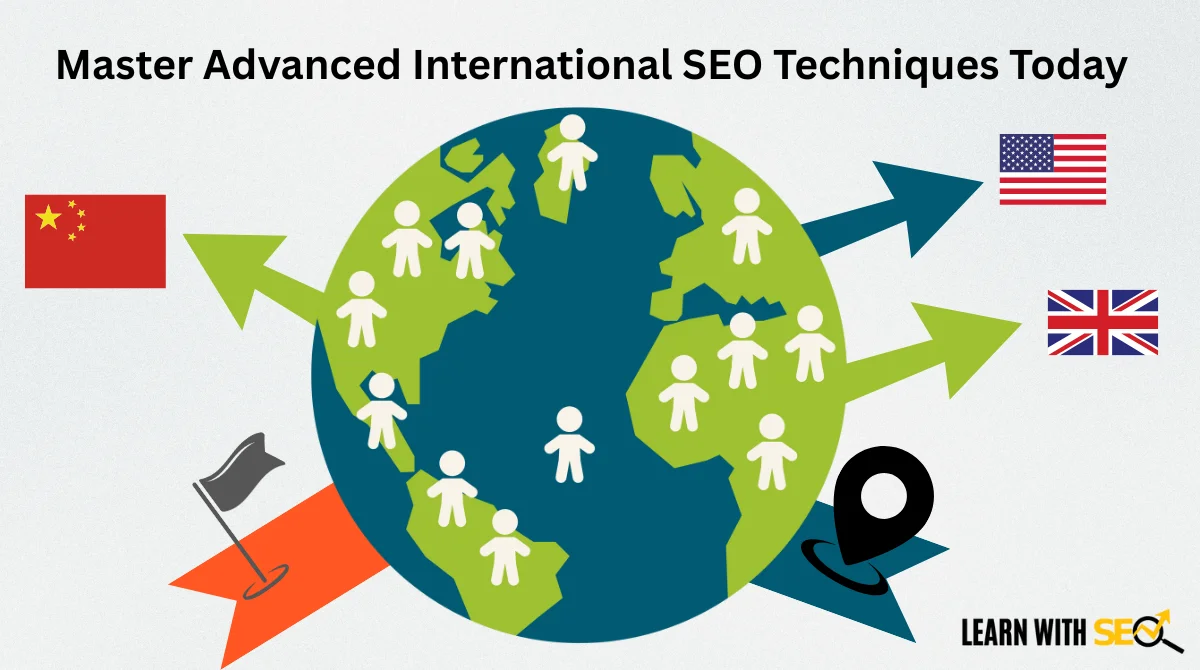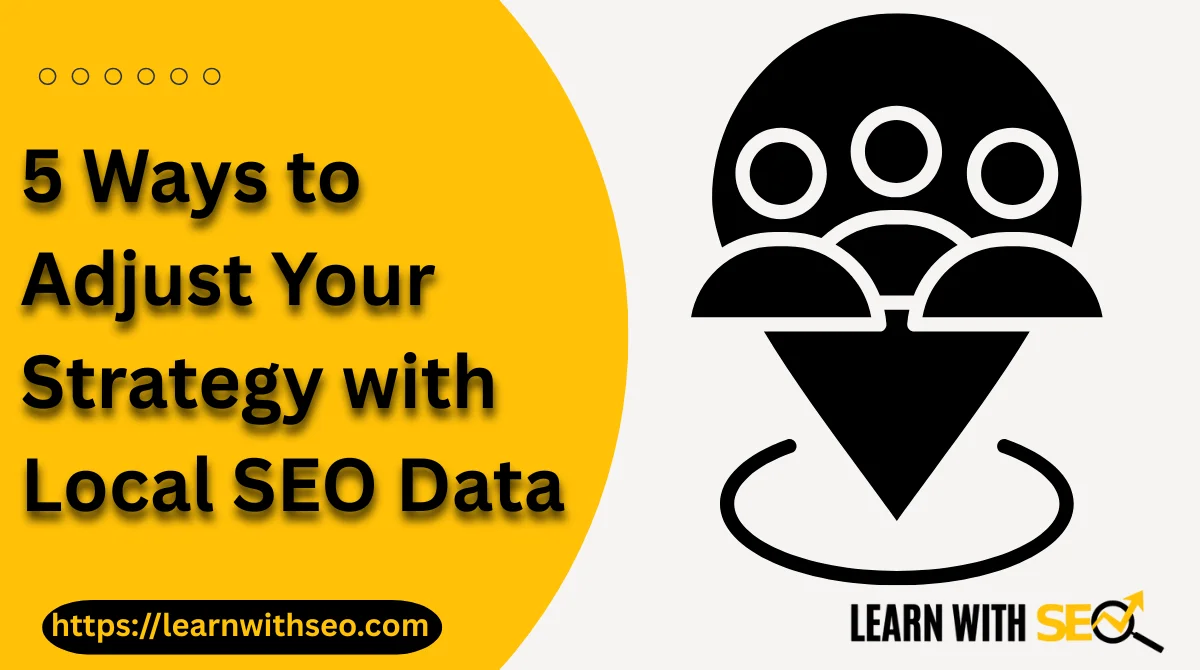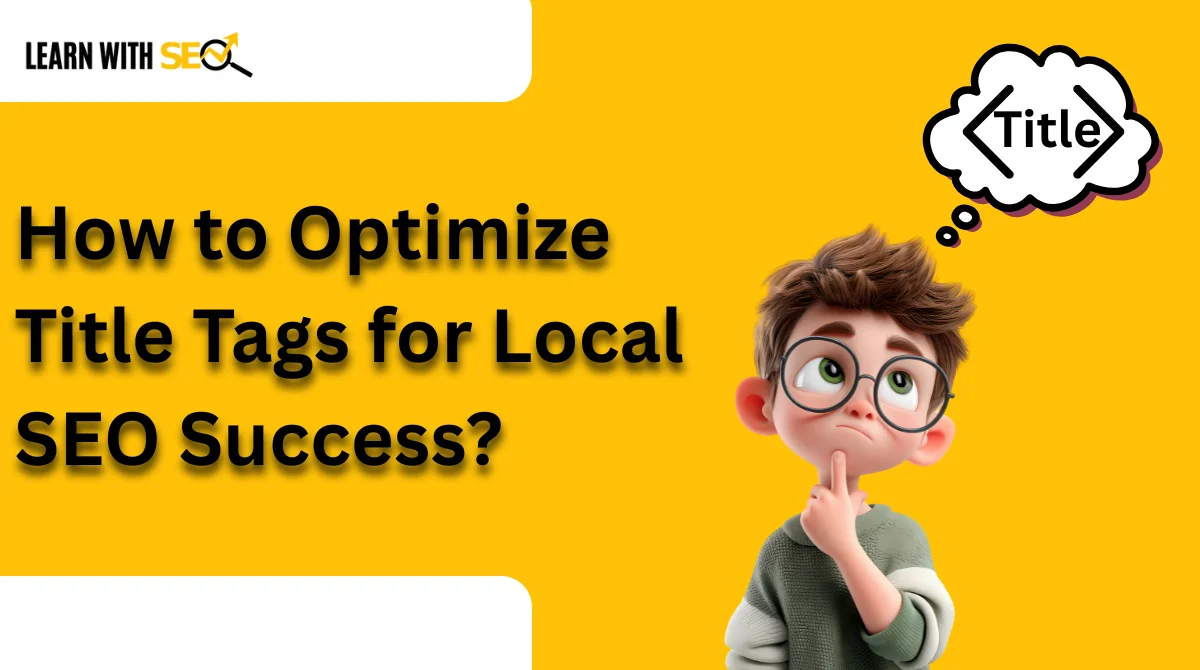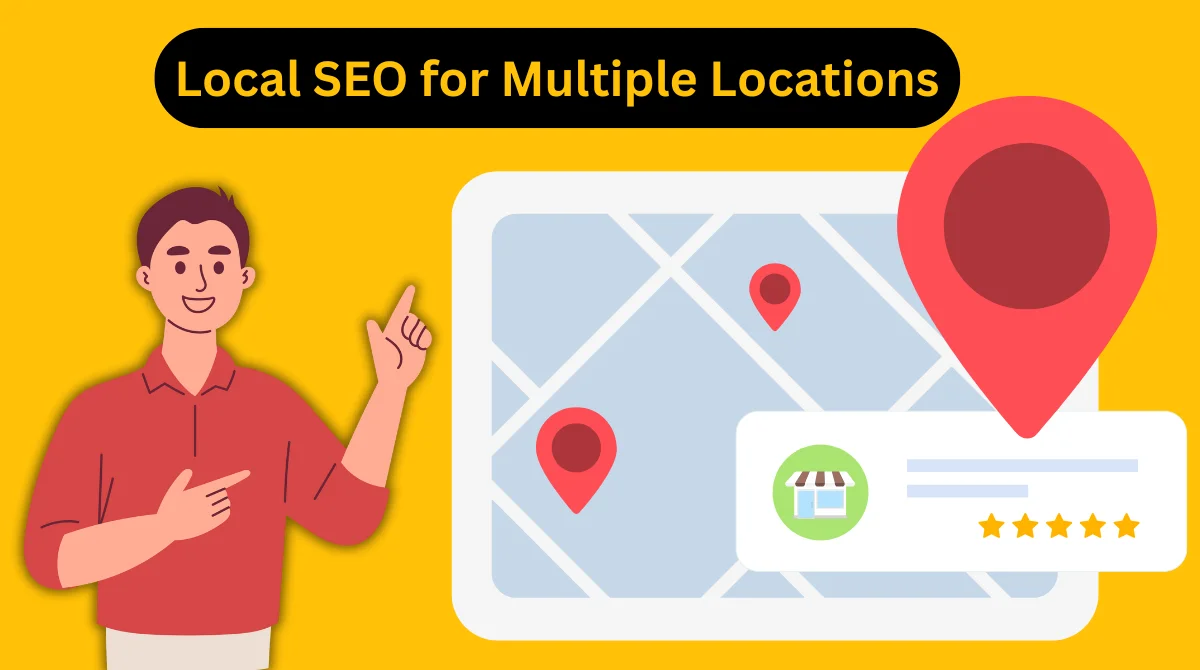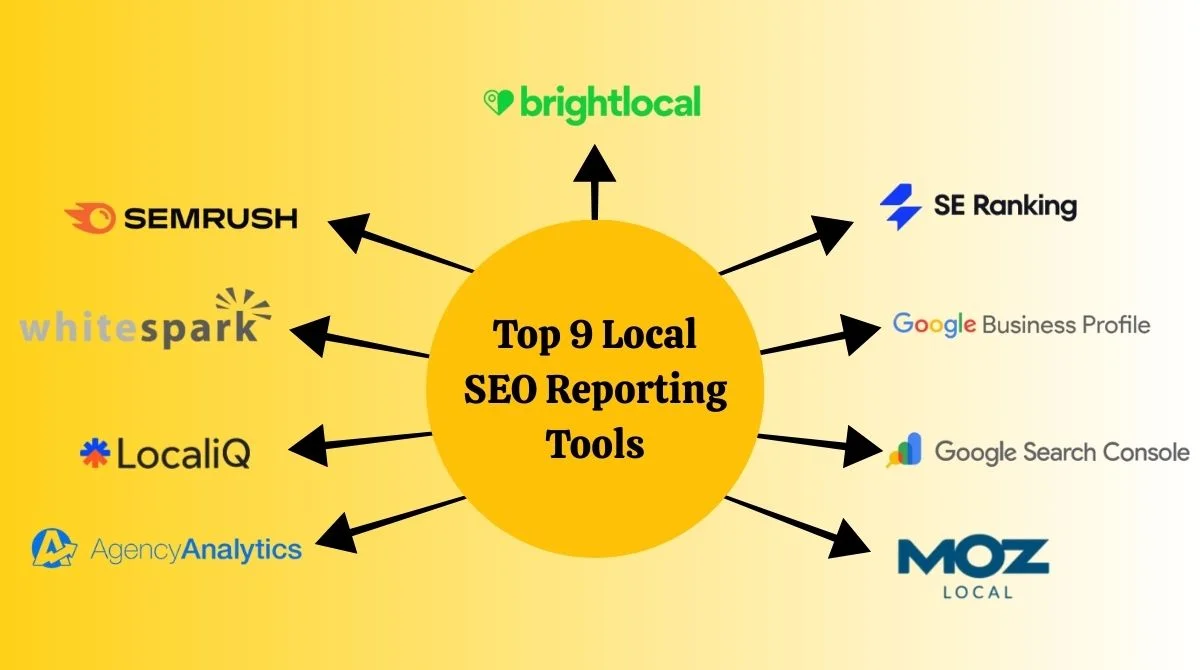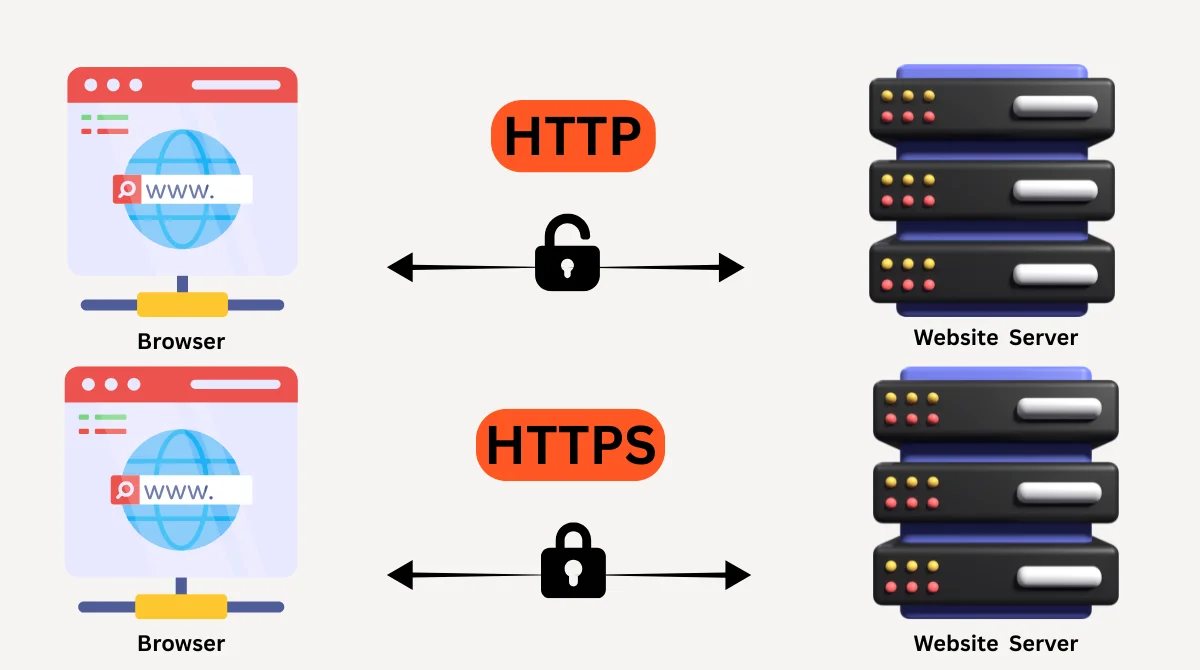Search engines have undergone significant changes in recent years. If you look at Google today, you’ll see that many answers appear directly on the results page without needing a click. This is what we refer to as zero-click searches. They are growing rapidly, and for SEO experts, bloggers, and businesses, this shift brings both challenges and opportunities.
What Are Zero-Click Searches?
A zero-click search happens when a user finds the answer directly on the search engine results page (SERP) without needing to visit a website. Google shows results in formats like:
- Featured snippets.
- Knowledge panels.
- People Also Ask (PAA) boxes.
- Direct answers (like calculators, conversions, or definitions).
- Maps and local packs.
- Rich snippets such as FAQs.
For example, if someone searches “2+2” or “weather in the USA,” they don’t need to visit a website because Google gives them the answer immediately.

According to multiple studies, more than half of Google searches end without a click. That might sound like bad news for website owners, but the reality is different. With the right strategy, you can leverage zero-click results to boost your visibility, credibility, and overall traffic.
Why Zero-Click Searches Matter for SEO?
You might ask, “If no one clicks, what’s the benefit?” The truth is, zero-click search visibility builds trust and authority, which are vital for long-term SEO success. Here’s why they matter:
- Brand visibility: Appearing in featured snippets or knowledge panels puts your brand in front of millions, even without clicks.
- User trust: When Google shows your content as the direct answer, it signals that your brand is reliable and authoritative.
- Voice search growth: Voice assistants often pull answers from zero-click snippets. Winning here gives you an edge in the growing voice search market.
- Click-through opportunities: Even though users may not always click, being visible increases the chance they’ll click when they need deeper details.
In short, zero-click results are about authority and recognition, not just raw clicks.
Common Types of Zero-Click Results
Understanding the main types of zero-click search results helps you prepare content accordingly. Here are the most common formats with examples:
1. Featured Snippets (Position Zero)
Featured snippets are short answers pulled from a webpage and shown at the very top of Google results. They often appear in paragraphs, bullet lists, tables, or step-by-step instructions.
Example: If you search for “benefits of meditation,” Google often shows a featured snippet listing key points such as “reduces stress,” “improves focus,” and “promotes emotional health” directly on the results page. This content is usually pulled from a well-structured blog post or health website.
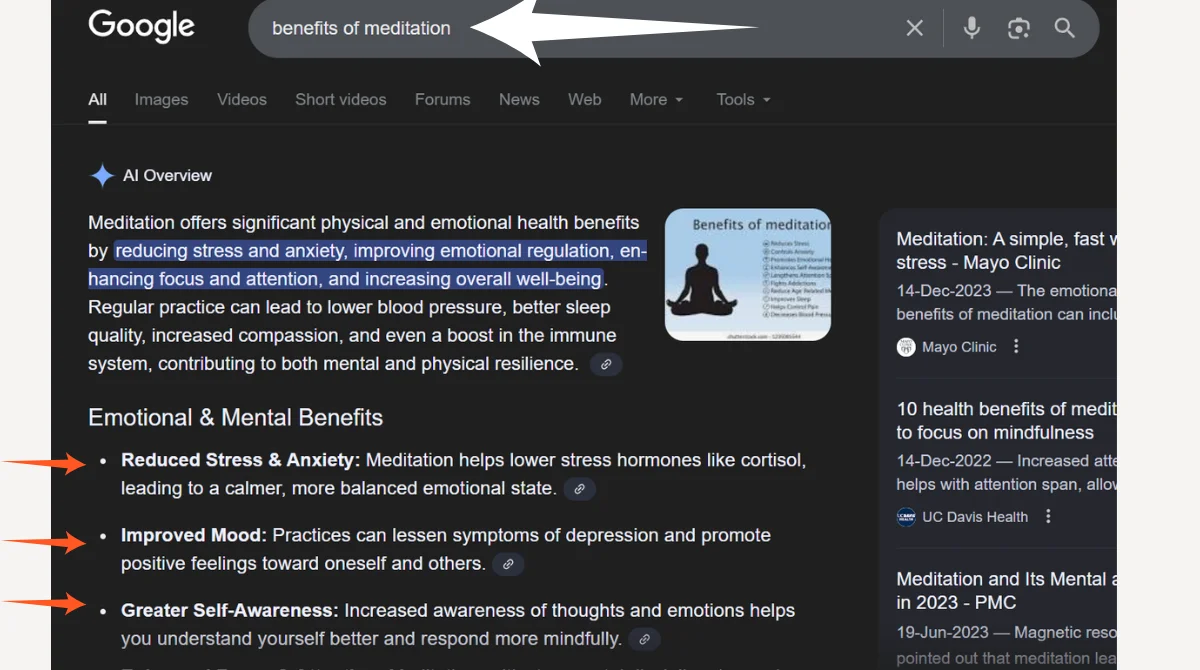
Tip: Use headings like “How to…” or “What is…” in your content and provide short, clear answers to increase your chances of appearing in featured snippets.
2. Knowledge Panels
Knowledge panels appear on the right side of desktop search results or at the top of mobile results. They display factual information pulled from trusted sources like Wikipedia, Google’s Knowledge Graph, or verified business profiles.
Example: If you search for “Elon Musk”, you’ll see a knowledge panel showing his photo, biography, companies, net worth, and social links all without needing to click on a website.
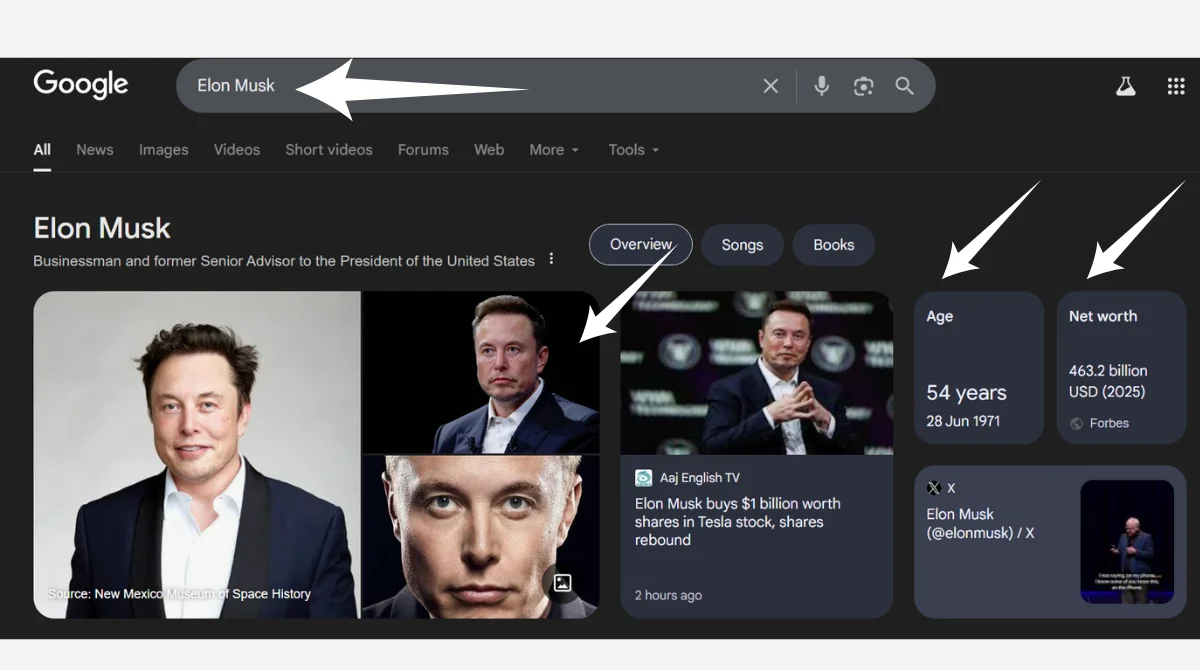
Tip: To appear in knowledge panels, ensure your brand has a Wikipedia page, structured data, and a verified Google Business Profile.
3. People Also Ask (PAA) Boxes
PAA boxes are expandable question-and-answer sections that appear in most search results. They start with a few questions but expand into dozens of related queries as you click.
Example: When you search for “digital marketing strategies”, you may see questions like:
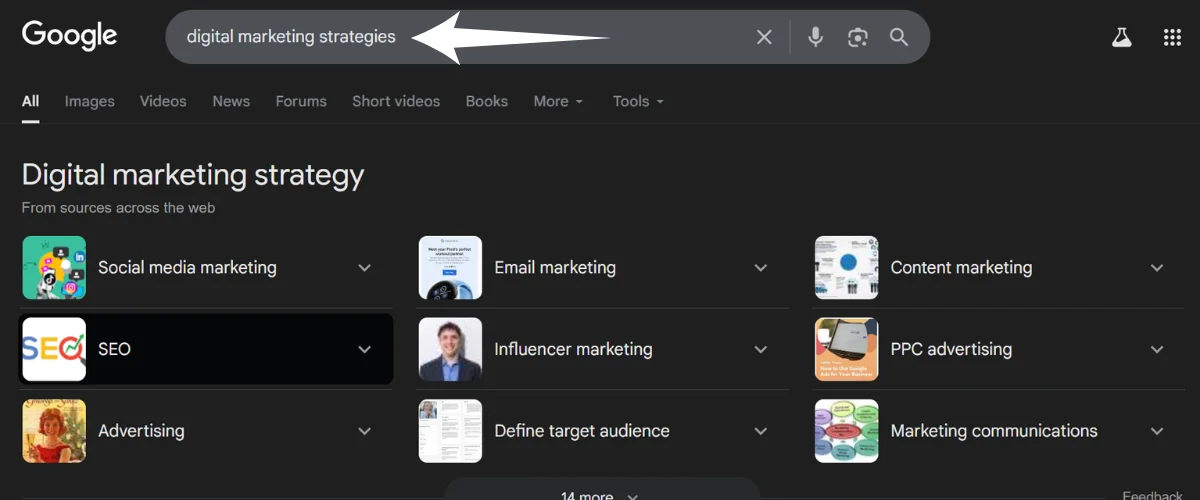
- What are the 7 types of digital marketing?
- Why is digital marketing important?
- What is an example of digital marketing?
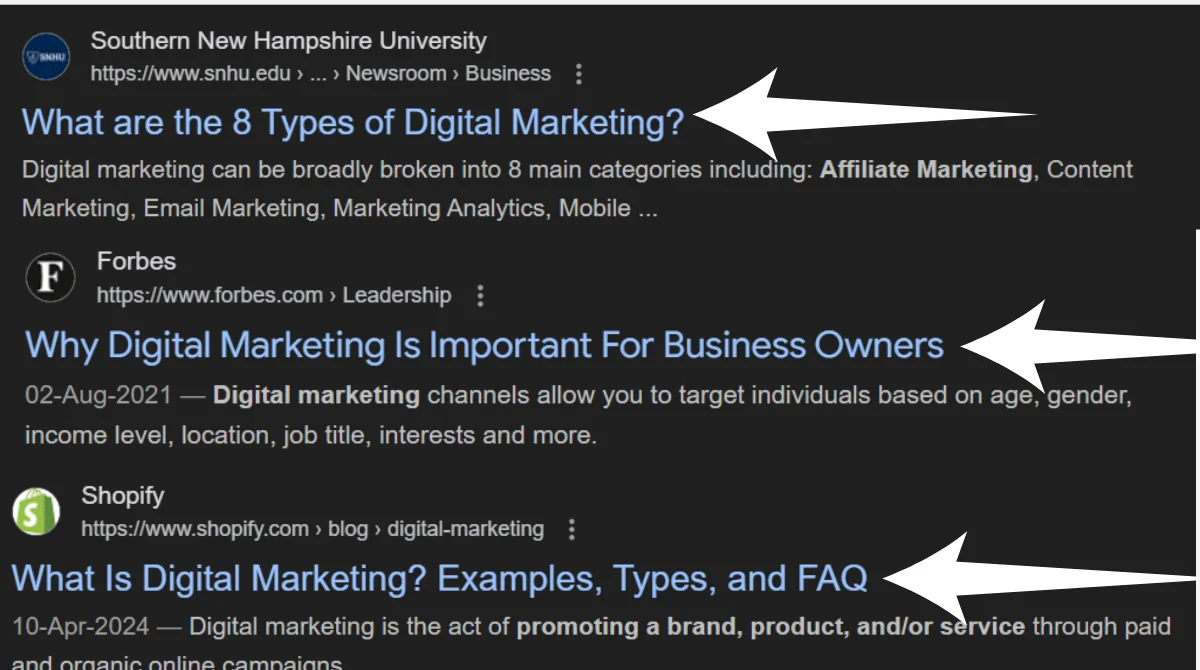
Clicking one reveals a short answer, usually pulled from another site.
Tip: Add an FAQ section to your blogs and answer multiple related questions concisely to increase your chances of appearing in PAA boxes.
4. Local Packs (Map Results)
Local packs show up when users search for services or businesses “near me” or within a location. They display maps, top businesses, ratings, addresses, and working hours.
Example: If you search “best pizza near me”, Google shows a map with three nearby restaurants along with reviews, phone numbers, and directions; no need to click further.
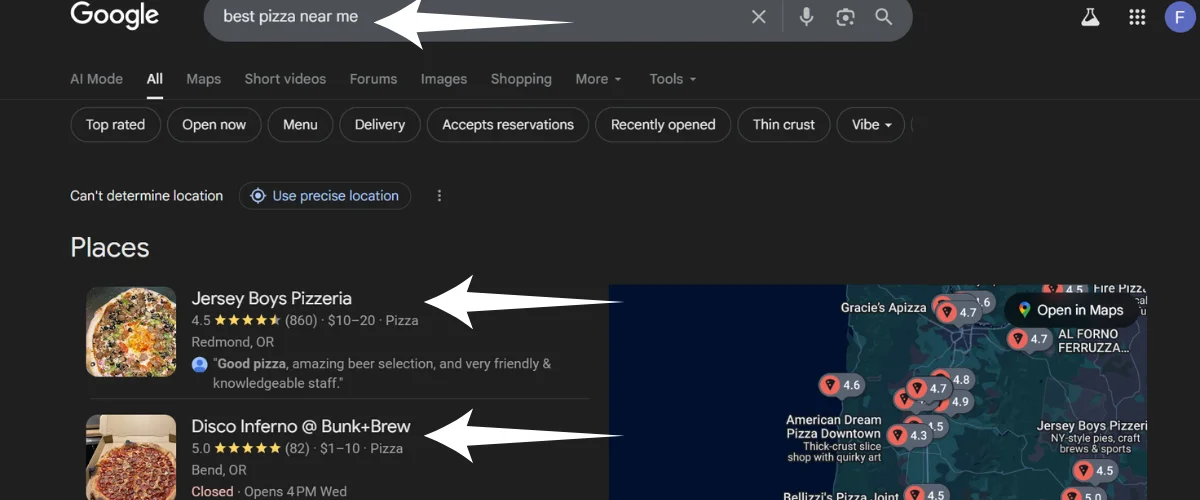
Tip: Optimize your Google Business Profile, use local keywords, and encourage customers to leave reviews to secure a spot in the local pack.
5. Rich Snippets
Rich snippets enhance regular search listings with extra information like star ratings, reviews, prices, FAQs, or recipe details.
Example: Searching for “chocolate cake recipe” may show results with images, cooking time, ingredients, and star ratings directly under the link. Similarly, product searches might show price ranges and reviews.
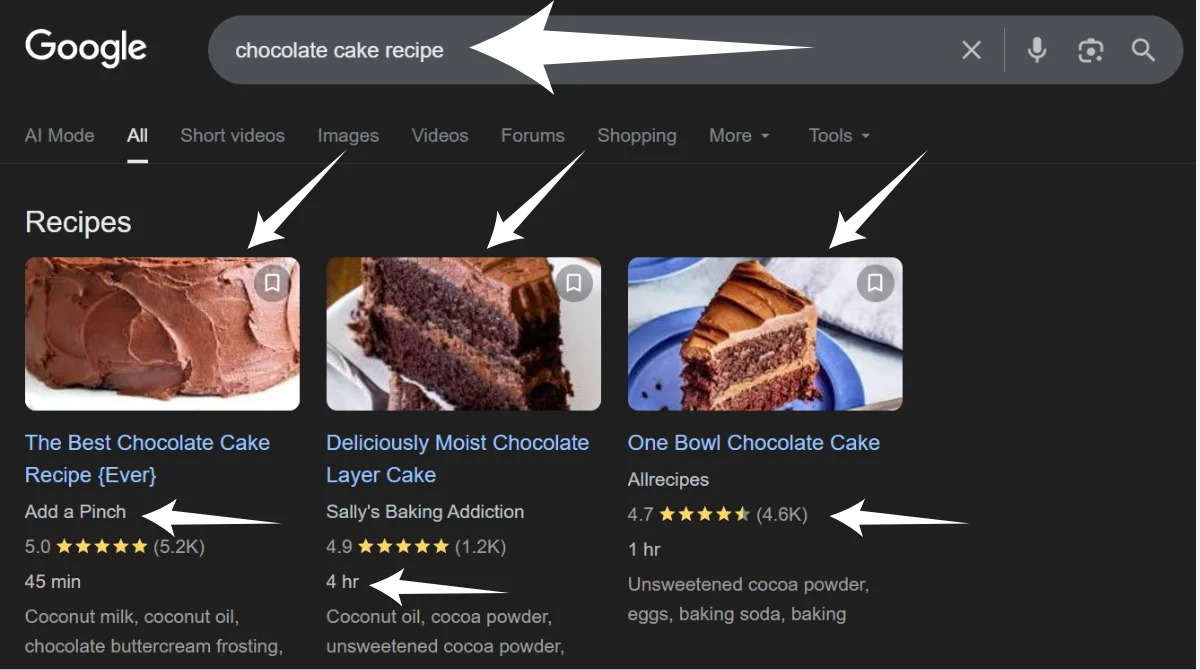
Tip: Implement schema markup (like Recipe, Product, or FAQ schema) to make your content eligible for rich snippets.
Strategies to Win at Zero-Click SEO
Now let’s dive into the actionable part: how to master zero-click search strategies and still achieve SEO success.
1. Optimize for Featured Snippets
Featured snippets are highly visible and often called “position zero.” To capture them:
- Write clear, direct answers in 40–60 words.
- Use question-based headings (H2 or H3) like “What is…” or “How does…”
- Format with lists, steps, and tables where relevant.
- Include concise definitions and summaries at the start of your content.
This strategy not only wins snippets but also positions your content for voice search answers.
2. Use Structured Data (Schema Markup)
Google uses schema markup to understand content better. Adding it increases your chance of showing rich results like FAQs, reviews, events, and products.
- Implement schema types like FAQPage, HowTo, Product, Review, and LocalBusiness.
- Use tools like Google’s Structured Data Markup Helper or plugins like Yoast SEO.
- Validate using the Rich Results Test.
Schema makes your content more “machine-readable” and boosts your E-E-A-T signals.
3. Leverage People Also Ask (PAA) Boxes
PAA boxes are goldmines for zero-click visibility. To optimize:
- Identify questions using tools like AnswerThePublic or AlsoAsked.com.
- Write content that answers multiple related questions in simple, conversational language.
- Create an FAQ section at the bottom of your blog posts.
This makes your content a strong candidate for Google’s Q&A boxes.
4. Strengthen Local SEO for Maps and Packs
For businesses, local SEO is critical because Google often shows zero-click local packs. To succeed:
- Claim and optimize your Google Business Profile.
- Add accurate business info, hours, and categories.
- Encourage customer reviews with keywords.
- Use location-based keywords in your content.
This ensures that when someone searches “best pizza near me,” your business has a better chance of showing up in the local pack.
5. Create Comprehensive Content Hubs
Google rewards depth and authority. Instead of publishing scattered short posts, build content hubs.
- Write pillar pages covering broad topics in detail.
- Support them with cluster content targeting long-tail and question-based queries.
- Link internally between cluster and pillar content.
This structure increases topical authority, improving your chance to appear in snippets and panels.
6. Focus on E-E-A-T (Experience, Expertise, Authoritativeness, Trustworthiness)
Google ranks content higher when it demonstrates credibility. To strengthen your E-E-A-T:
- Add author bios showing real expertise.
- Cite credible sources and studies.
- Keep your site secure (HTTPS) and transparent.
- Publish case studies, testimonials, and user experience stories.
E-E-A-T is the backbone of long-term zero-click success because it helps Google trust your content.
7. Optimize for Voice Search
Voice search relies heavily on zero-click answers. To optimize:
- Use natural, conversational language.
- Target long-tail, question-based keywords.
- Keep answers short, clear, and easy to read aloud.
Voice search is growing rapidly with Alexa, Siri, and Google Assistant. Winning here builds future-proof visibility.
8. Build Topical Authority with Consistency
Google rewards websites that consistently cover specific niches. If you publish regularly about finance, health, or SEO, Google starts treating your site as an authority.
- Choose your niche carefully.
- Publish regular, high-quality content.
- Update older posts to keep them fresh.
This consistency gives you more opportunities to be featured in zero-click results.
9. Balance Clicks with Visibility
Not all zero-click results mean lost traffic. Many times, visibility in snippets leads to brand recall. Users may later click your website when they need deeper insights or services.
That’s why your goal should not only be traffic but also awareness, trust, and recognition.
Future of Zero-Click Searches
Zero-click searches are not going away; they’re only expanding with AI Overviews, voice assistants, and visual search. As Google evolves, more answers will appear directly on the SERPs.
But instead of seeing this as a threat, smart marketers should see it as an opportunity to:
- Build authority and credibility.
- Drive brand recognition.
- Increase qualified traffic over time.
The businesses and websites that adapt early will have the most to gain.
Frequently Asked Questions (FAQs)
1. How do I optimize my website for featured snippets?
To optimize for featured snippets, provide concise answers (40–60 words), use question-based headings, and format content with lists, tables, or steps.
2. Do zero-click searches reduce website traffic?
Yes, some searches end without clicks, but being visible in snippets or knowledge panels increases brand recall. This often leads to higher click-throughs for detailed queries.
3. Can local businesses benefit from zero-click searches?
Absolutely. Local businesses can appear in local packs with maps, reviews, and contact details. Optimizing your Google Business Profile is the best way to secure these spots.
4. How do featured snippets work?
Featured snippets are short answers that appear at the top of search results (Position Zero). They pull from well-structured content that directly answers common questions.
5. How does voice search affect zero-click SEO?
Voice search relies heavily on concise, conversational answers that often come from featured snippets. Optimizing for long-tail, natural-sounding questions increases your chance of being the spoken result.
Winning in the Zero-Click Era
Zero-click searches aren’t killing SEO, they’re reshaping it. Success now means focusing on visibility, trust, and authority rather than just clicks. By targeting snippets, local SEO, structured data, and voice search, you can position your brand as the trusted answer users see first.


